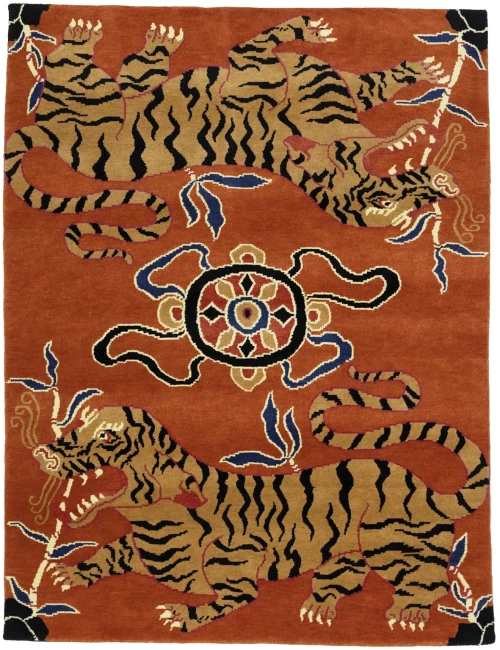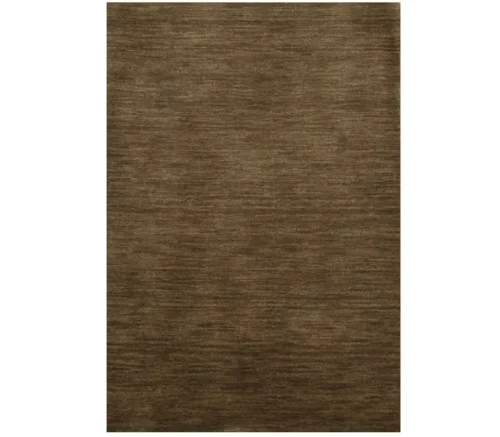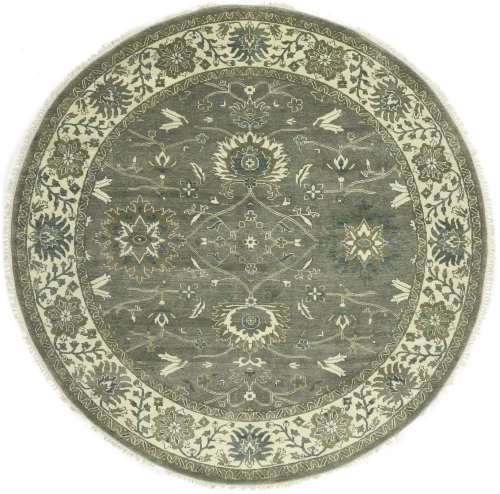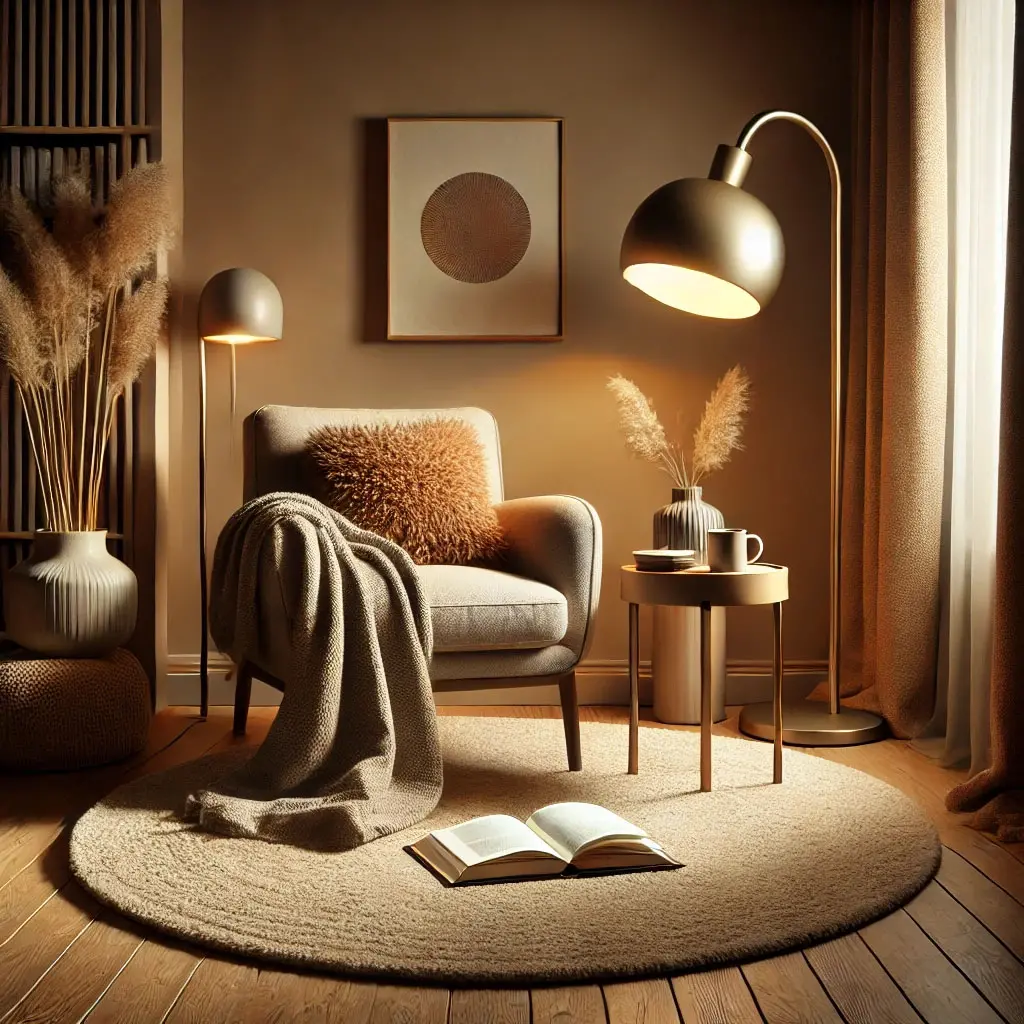The New Year is a time for fresh starts and setting goals, and one common resolution is to bring more organization and order into our lives. When it comes to your home, rugs can be a surprisingly effective tool to create a sense of structure, especially in open-concept homes or smaller living spaces. By strategically placing rugs, you can define areas, enhance functionality, and achieve a more organized, harmonious living space.
Here’s how you can use rugs to define and organize your home while adding style and comfort.
1. Separate Zones in Open-Concept Homes
In open-concept spaces, rugs are a simple yet impactful way to visually divide different areas, such as the living room, dining area, and workspace.
Living Room Definition: Use a large rug to anchor your seating arrangement. Choose a design that contrasts with the surrounding floor to clearly outline the living area.
Dining Area Focus: Place a rug under your dining table that’s large enough to accommodate the chairs when pulled out. This creates a defined dining space within a larger room.
Workspace Clarity: For home offices or work nooks, a small area rug can mark the boundaries of your workspace, making it feel distinct even if it’s part of a multi-use room.
2. Create Cozy Nooks in Small Apartments
Small apartments can feel cramped without clear boundaries between spaces. Rugs can help create designated areas for relaxation, dining, or studying.
Reading Corner: Layer a soft, plush rug with a cozy chair and floor lamp to create a peaceful reading nook.
Dining Spot: Use a round rug under a small dining table to differentiate it from the surrounding living space.
Bedside Comfort: Place a runner rug alongside your bed to add warmth and subtly define the sleeping area.
3. Use Different Shapes to Add Structure
Rugs come in a variety of shapes, and choosing the right one can make a big difference in organizing your space.
Round Rugs: These are perfect for breaking up angular lines in a room and creating a focal point. Use them under circular dining tables or in smaller seating areas.
Rectangular Rugs: Ideal for defining larger areas, such as living rooms or bedrooms, where clean lines can enhance the room’s layout.
Layered Rugs: Combine different shapes, like a rectangular base with a smaller round rug on top, to create depth and visual interest.
4. Add Functionality with Rug Placement
Beyond aesthetics, rugs can improve functionality by directing foot traffic and making rooms more practical.
Hallways: A long runner rug can guide traffic through hallways, preventing the space from feeling like an afterthought.
Entryways: Use a durable, easy-to-clean rug to define the entry area and protect your floors from dirt and moisture.
Play Areas: For households with kids, a soft rug in the play area can make cleanup easier and keep toys contained within a defined space.
5. Match Rugs to Your Home’s Style
To keep your space feeling cohesive, choose rugs that complement your overall decor while still serving their organizational purpose.
Minimalist Homes: Opt for neutral tones and simple patterns to maintain a clean, uncluttered look.
Eclectic Style: Mix and match colorful, patterned rugs to reflect your personality while defining spaces.
Traditional Decor: Stick to classic designs, such as Persian or Oriental rugs, to add elegance and structure to your home.
As you embrace the New Year and strive for more organization in your life, consider the role rugs can play in bringing structure and style to your home. By thoughtfully choosing and placing rugs, you can define spaces, enhance functionality, and create a living environment that’s as organized as it is inviting.
Ready to refresh your home with the perfect rugs? Explore the wide selection of [Magic Rugs](https://magicrugs.com/) to find high-quality, stylish rugs that help you make the most of every inch of your space.




 (704) 763 1111
(704) 763 1111
 Free Shipping & Return
Free Shipping & Return


